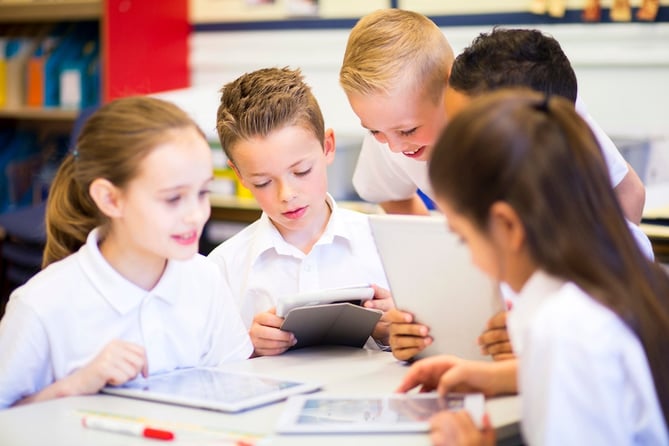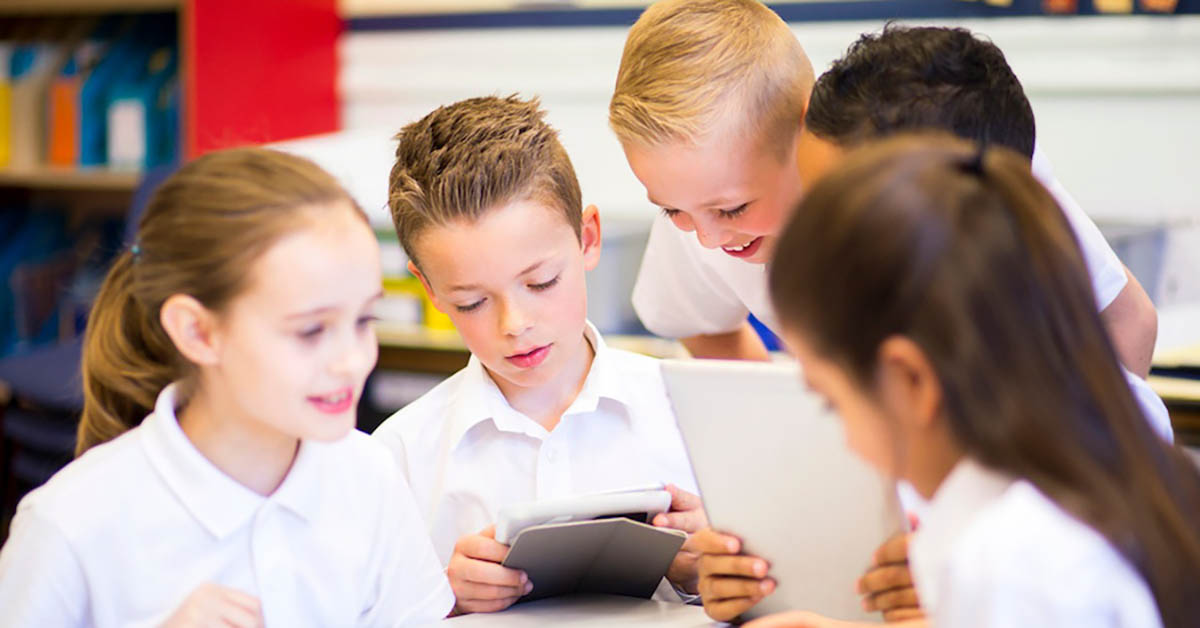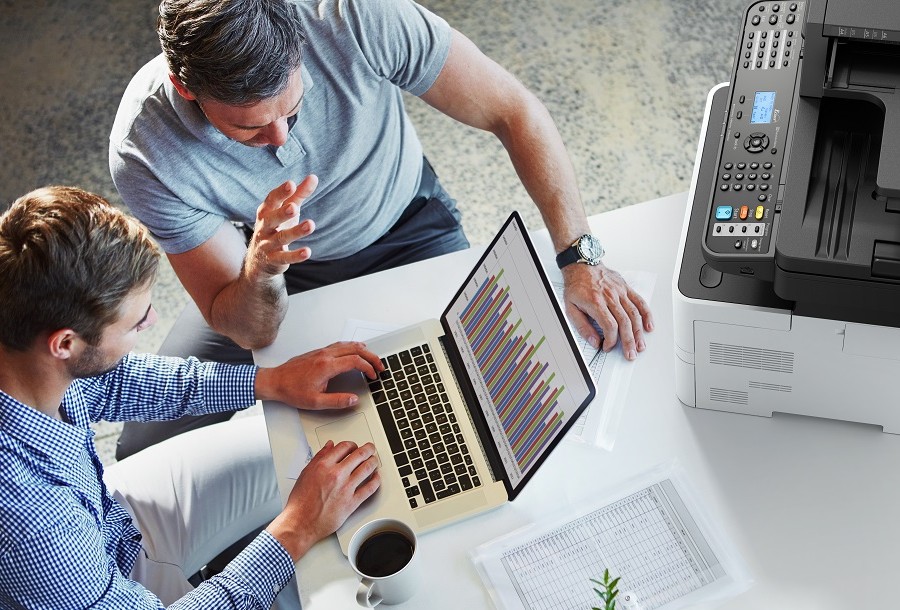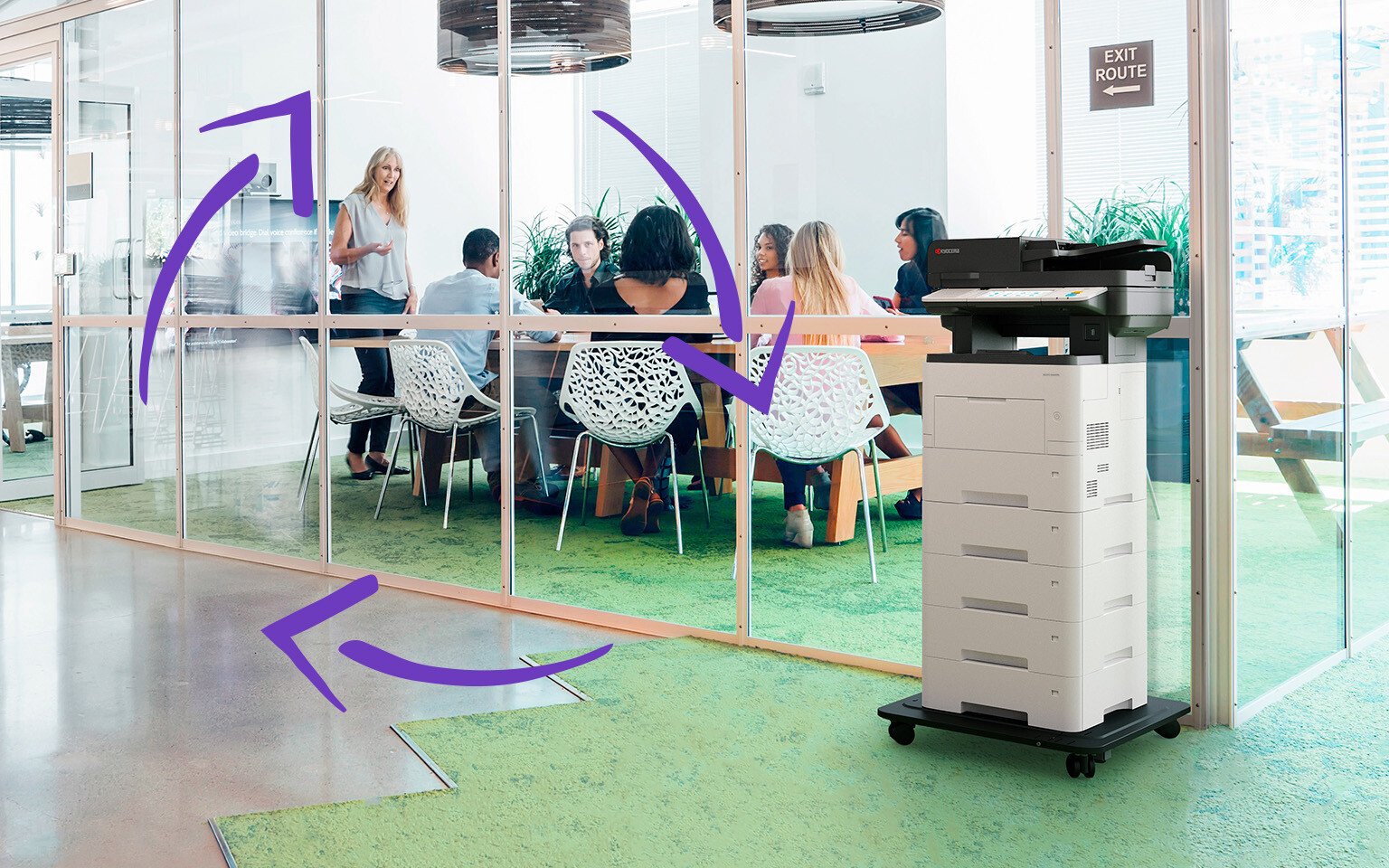
As the first generation of digital natives graduates from high school and enter universities, the debate about ‘paperless classrooms’, in which digital technologies - such as smartphones, tablets and laptops - replace textbooks and worksheets, rages on.
No one can deny just how integral a role technology plays in our lives beyond school, and very few would argue that digital literacy should not be a vital aspect of a well-rounded education. But when it comes to deciding whether technology should play a central role in education, it is a topic that is polarising, to say the least.
‘Paperless classroom’ programs have admittedly had mixed results. The Kyrene School District in Arizona, USA, for example, was held up as an educational utopia after it invested $33 million to put technologies in their schools in 2005. In 2011, however, they found their standardised test scores in reading and math had stagnated, even as statewide scores had risen.
Queen Anne’s School in Caversham, UK, on the other hand, have reported that, since revamping its sixth-form centre to push “digitally enhanced learning”, “feedback from girls, parents and local employers has been outstanding on the digital skills that are accumulated in this journey”.
Despite this disparity, progress marches on. A 2015 Department of Education survey, for example, reported that at least half of the students in Massachusetts were enrolled in some form of digital learning, and that number has no doubt since increased.
But are paperless classrooms really the answer? Or is this simply progress for the sake of progress?
We weigh up the pros and cons to try to answer the question: are paperless classrooms the future of education?
Pros of paperless classrooms
More eco-friendly
The average school will use almost 6 million sheets of paper per year. That’s $30,000-$50,000 spent on paper and approximately 75 trees per year.
This staggering statistic gives some idea how much paper is consumed by paper-hungry educational facilities, and how large an effect this can have on the environment.
Adopting paperless classrooms will certainly help to alleviate this burden, and go a long way to making facilities more environmentally friendly.
It also helps make the students themselves more environmentally conscious. “In many cases, we can find a better way than using paper and photocopying if we just ask the question,” says principal of Armour Heights Public School, Corey Birnbaum.
Two classrooms in his school are currently experimenting with paperless classrooms at the behest of the students themselves. “When students are asked to consider the environment when making choices at school, they can learn to be more responsible citizens.”
Less labour-intensive
The other thing about all that paper is that there is a lot of labour involved: textbooks have to be purchased; resources have to be printed, collated and distributed; and assignments have to be collected, transported and graded.
With a paperless classroom, much of this labour can be eliminated, as resources can simply be accessed online.
Improves digital literacy
The reality is that most students today will likely be going into workplaces where technology does play a big role, so making it a seamless part of their education will give them the skills they need - not just to use the technology correctly, but also to work collaboratively, and think creatively and flexibly.
No more excuses
Any parent or teacher knows just how many excuses students have for not completing their work, and paper just facilitates these excuses: ‘I forgot to bring my textbook home’; ‘I lost the worksheet’; ‘I put the assignment in the wrong file’ … With a paperless classroom, these excuses become a thing of the past, as files are stored electronically and easily accessed at any time.
Grading is easier and more visible
With paperless classrooms, students get a running average of grades throughout a course. This means students can easily see how they’re tracking, and therefore what needs to be done to reach their goals.
Students themselves have also commented on how online marking helps them with their learning. It helps create more of a dialogue with the teacher about the topic on hand, and they can see all their notes in one place.
Cons of a paperless classroom
Technology can be distracting and disruptive
Setting up and troubleshooting technology can be more time-consuming and troublesome than people might think:
- The fact that devices need to be charged in order to work can be difficult to manage, especially if there aren’t a lot of available sockets in a classroom.
- Once the novelty wears off, students will inevitably find ways to distract themselves with games and social media - and it can be difficult for teachers to make sure students are staying on-task.
Can exclude certain students
A paperless classroom assumes that every student has internet access at home, which may not be the case, and if the program is BYOD (‘bring your own device’), students who may not be able to afford the technology might be left out.
Students from less advantaged backgrounds may, therefore, miss out on some of the benefits of paperless classrooms.
Can be difficult to extract value from the technology
As the Kyrene School District found, investing millions of dollars in technology does not necessarily lead directly to better educational outcomes for the students - at least where standardised test scores are concerned.
The high cost of technology is only justifiable when the value-add is evident, and when students are getting opportunities to do activities that otherwise wouldn’t have been possible. But teachers themselves can be limited in their training and experience with technology, meaning they simply don’t have the know-how to make those opportunities available.
Digital environment not suited to certain types of learning
Researchers at the University of Maryland compared reading print and digital media, and found that while the medium did not affect students’ ability to develop a general understanding of the text, print was significantly better when it came to recalling more specific details.
In other words, students had a deeper engagement and comprehension of the text when they were reading it on paper. This suggests that there will always be a place for printed material in the classroom, when a more nuanced grasp on a topic is required.
‘Less paper’ rather than ‘paperless’
A completely paperless classroom might sound good in theory, but in practice, it is simply not feasible. Teachers need to use all the resources at their disposal – and sometimes a simple piece of paper and pen are the best tools for the job at hand.
That doesn’t mean, however, that educational facilities can’t be more mindful of their paper consumption and employ sustainable printing practices to help lessen their impact on the environment.
In the end, a healthy balance of paper and technology means students can have the best of both worlds.
Sustainability will be an important measure of success for workplaces of the future. Download our Green Office Guide to learn how to improve your environmental impact, while also reducing business costs and boosting efficiency.







